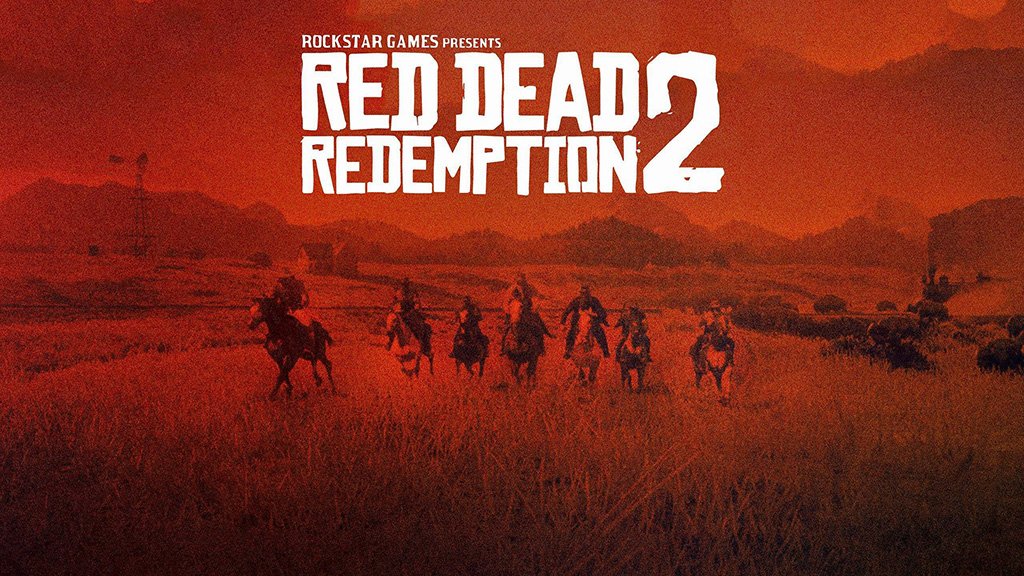
For any outlaw looking to craft legendary gear, trade for top-dollar at general stores, or simply master the frontier’s ways, Perfect Pelts are non-negotiable. In Red Dead Redemption 2, not all pelts are created equal—only pristine, unspoiled ones unlock the best crafting recipes, from Arthur’s warm winter coats to upgraded satchels that boost inventory space. But securing these pelts isn’t just about pulling the trigger; it’s about strategy, patience, and knowing the habits of every beast that roams the Heartlands, Grizzlies, and Lemoyne swamps.
Before you even mount your horse, you need to understand the basics: pelt quality is determined by two factors—animal quality (poor, good, perfect) and how you take down the creature. A perfect animal killed with the wrong weapon will yield a good or poor pelt, wasting your time and resources. To avoid this, start by studying your prey. The in-game Compendium is your most valuable tool here; it lists each animal’s size, preferred habitat, and the exact weapon needed to preserve its pelt. For example, a small rabbit requires a varmint rifle, while a massive moose needs a rifle with high stopping power—skip this step, and you’ll be stuck with useless pelts.

Step 1: Gear Up – The Right Tools for Perfect Pelts
You wouldn’t bring a knife to a bear fight, and you shouldn’t bring a shotgun to hunt a fox. Weapon selection is make-or-break for Perfect Pelts, and Rockstar’s attention to detail means each animal size demands a specific tool. Let’s break it down by category:
Small Animals (Rabbits, Squirrels, Raccoons): These tiny creatures are fragile—use a Varmint Rifle (found at most gunsmiths) or a bow with small game arrows. A single shot to the head will drop them without damaging the pelt. Avoid revolvers or pistols here; their bullets are too powerful and will tear through the fur.
Medium Animals (Deer, Wolves, Coyotes): For these, opt for a Bow with regular arrows (for silent kills) or a Rifle (like the Springfield or Bolt-Action). Aim for the head or heart—body shots often leave too much damage. If you’re using a rifle, make sure to use regular ammo, not high-velocity or explosive rounds, which ruin pelt quality.
Large Animals (Moose, Bison, Bears): These beasts need heavy firepower, but precision still matters. Use a Rifle (Rolling Block or Carbine Repeater) or a Bow with improved arrows. Headshots are ideal, but if the animal charges, a well-placed heart shot will stop it quickly. Never use a shotgun—even with slugs, it will destroy the pelt.
In addition to weapons, grab a Binoculars (found in your inventory or bought at stores) to scout animals from a distance. This lets you check an animal’s quality before you approach: look for the “Perfect” label next to its name when you zoom in. If it’s poor or good, move on—only perfect animals can yield Perfect Pelts.

Step 2: Track Like a Pro – Find and Approach Prey Without Spooking It
Once you have your gear, it’s time to track. Most animals leave clues—footprints, droppings, fur tufts—that appear as white dots on your mini-map when you activate Eagle Eye (L3 + R3 on consoles). Eagle Eye not only highlights tracks but also shows the direction the animal is moving, so you can plan your approach.
The key here is stealth. Animals have keen senses: they’ll hear your horse’s hooves, smell your scent, or see you if you’re out in the open. To avoid spooking them:
Dismount your horse at least 50 yards away from tracks—horses are loud, and their scent travels far.
Crouch (L3) to move silently. This slows you down, but it keeps you out of the animal’s line of sight.
Use the wind to your advantage. Check the wind direction (shown by the compass at the top of the screen) and stay downwind. If the wind is blowing toward the animal, it will smell you and run.
Avoid sudden movements. If the animal lifts its head or pricks its ears, freeze—wait until it goes back to grazing or moving before continuing.
For skittish animals like deer or pronghorn, patience is key. It may take 10–15 minutes to creep close enough for a clean shot, but rushing will only make you start over. For more aggressive animals like wolves or bears, keep your weapon ready—if they spot you, they’ll attack, and you’ll have to choose between defending yourself (and possibly ruining the pelt) or fleeing.

Step 3: The Kill – Execute a Clean Shot to Preserve Pelt Quality
You’re close, the animal is in sight, and your weapon is loaded—now it’s time to take the shot. Remember: even a perfect animal will yield a ruined pelt if you miss the critical areas.
First, confirm the animal’s quality one last time with your binoculars. If it’s “Perfect,” line up your shot. For most animals, the head or heart is the sweet spot. Headshots are more reliable for small and medium animals—they kill instantly and leave minimal damage. For large animals, heart shots are better: the heart is a larger target, and a hit here will drop the animal quickly without destroying the pelt.
To aim precisely, use Dead Eye (R3 on consoles) to slow down time. This lets you line up your shot with the animal’s weak points—Dead Eye will even highlight the heart and head with red dots if you’ve upgraded the ability. Once you’re locked on, pull the trigger. If you hear a clean “crack” (for rifles) or a “thwack” (for bows), you’ve made a good shot. If the animal runs, follow its tracks—if it dies quickly, the pelt is likely still perfect. If it runs a long distance, it may suffer additional damage, so try to finish it off with a second clean shot if needed.
After the animal dies, approach it carefully. Don’t step on the pelt—this can damage it. Press the interact button (Square/X) to skin the animal. If you did everything right, you’ll see “Perfect [Animal] Pelt” pop up on the screen. If not, review what went wrong: did you use the wrong weapon? Miss the head/heart? Or was the animal not perfect to begin with?
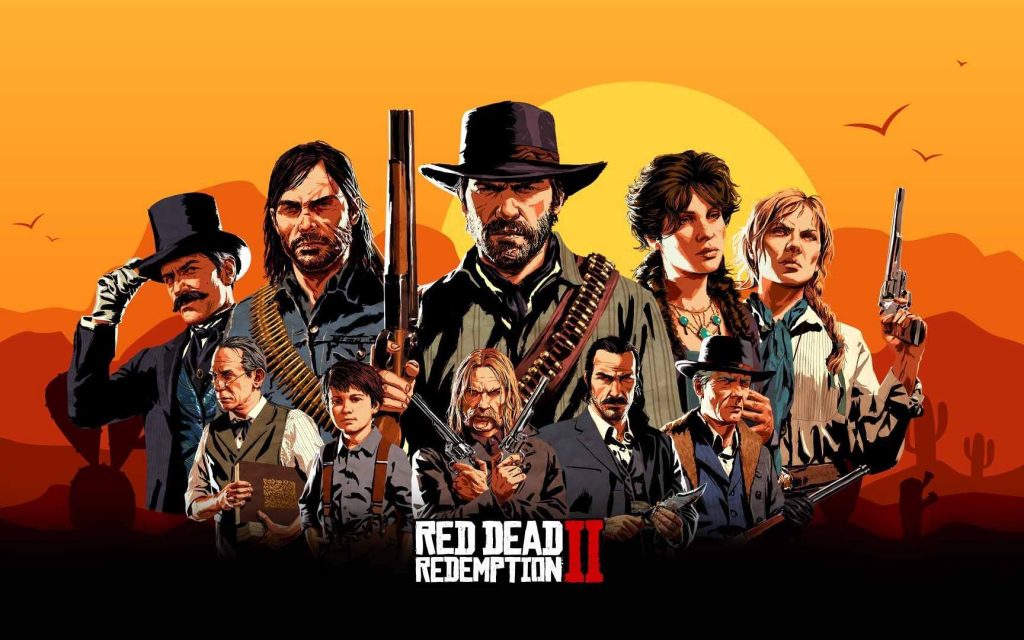
Step 4: Preserve and Use Your Perfect Pelts – Don’t Let Them Go to Waste
Once you have a Perfect Pelt, the work isn’t done—you need to preserve it to keep its value. Pelts degrade over time, especially if you leave them on your horse for too long or in bad weather. Here’s how to keep them in top shape:
Store them at a camp: Bring Perfect Pelts back to your gang’s camp and hand them to Pearson, the cook. He’ll store them safely, and you can use them later to craft gear (like the Perfect Deer Pelt Satchel, which increases your item capacity).
Sell them to the right buyer: General stores buy pelts, but the Trapper (found in various locations, like the one near Valentine or Strawberry) pays more for Perfect Pelts—especially if you bring him full sets (e.g., three Perfect Wolf Pelts). The Trapper also crafts the best gear, including the Legendary Bear Coat, which requires a Perfect Bear Pelt.
Avoid leaving them in the rain/snow: Wet pelts degrade faster. If you’re caught in bad weather with a Perfect Pelt, head to the nearest town or camp to store it as soon as possible.
It’s also important to prioritize which Perfect Pelts to hunt first. Focus on animals that unlock essential gear: Perfect Deer Pelts for satchels, Perfect Wolf Pelts for warm coats, and Perfect Rabbit Pelts for small crafting items. The Compendium will tell you which pelts are needed for each recipe, so use it to plan your hunts.

Final Tips for Frontier Hunting Mastery
Even with the right gear and strategy, hunting Perfect Pelts takes practice. Here are a few extra tips to help you refine your skills:
Hunt at dawn or dusk: Animals are more active during these times, making them easier to find. They’re also less alert, so you can get closer without spooking them.
Use bait and lures: The Trapper sells animal bait (like herb bait for deer or carnivore bait for wolves) that draws animals to your location. This lets you set up a ambush instead of tracking them down.
Upgrade your Eagle Eye: As you progress through the game, you can upgrade Eagle Eye to last longer and highlight more clues (like animal scents). This makes tracking faster and easier.
Don’t get discouraged: Even experienced players miss shots or spook animals. If you ruin a pelt, take a deep breath, find another perfect animal, and try again—each hunt teaches you something new.
With this guide, you’ll go from a novice hunter to a frontier pro in no time. Remember: hunting Perfect Pelts isn’t just about getting loot—it’s about embracing the Wild West’s rhythm, respecting your prey, and mastering the skills that make Arthur Morgan a true outlaw. Now grab your Varmint Rifle, mount your horse, and head into the wilderness—your next Perfect Pelt is waiting.



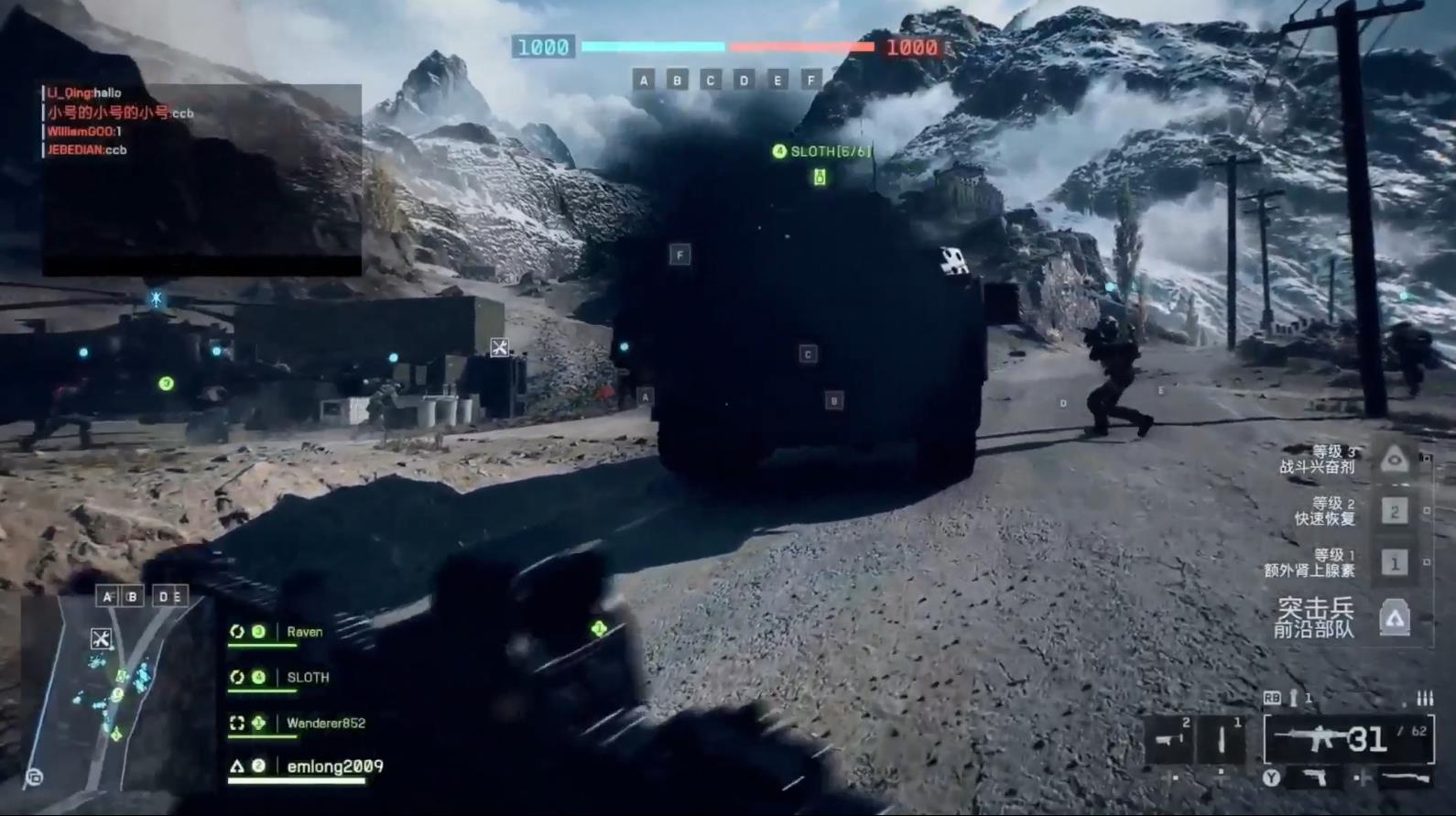

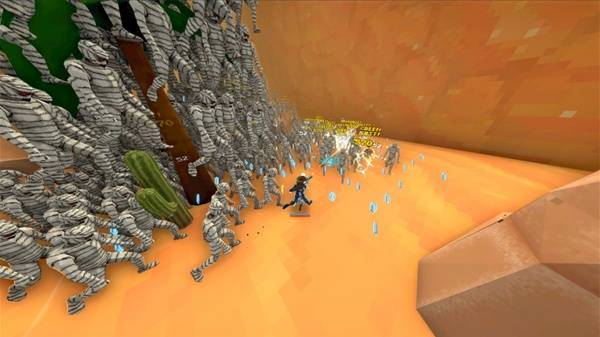

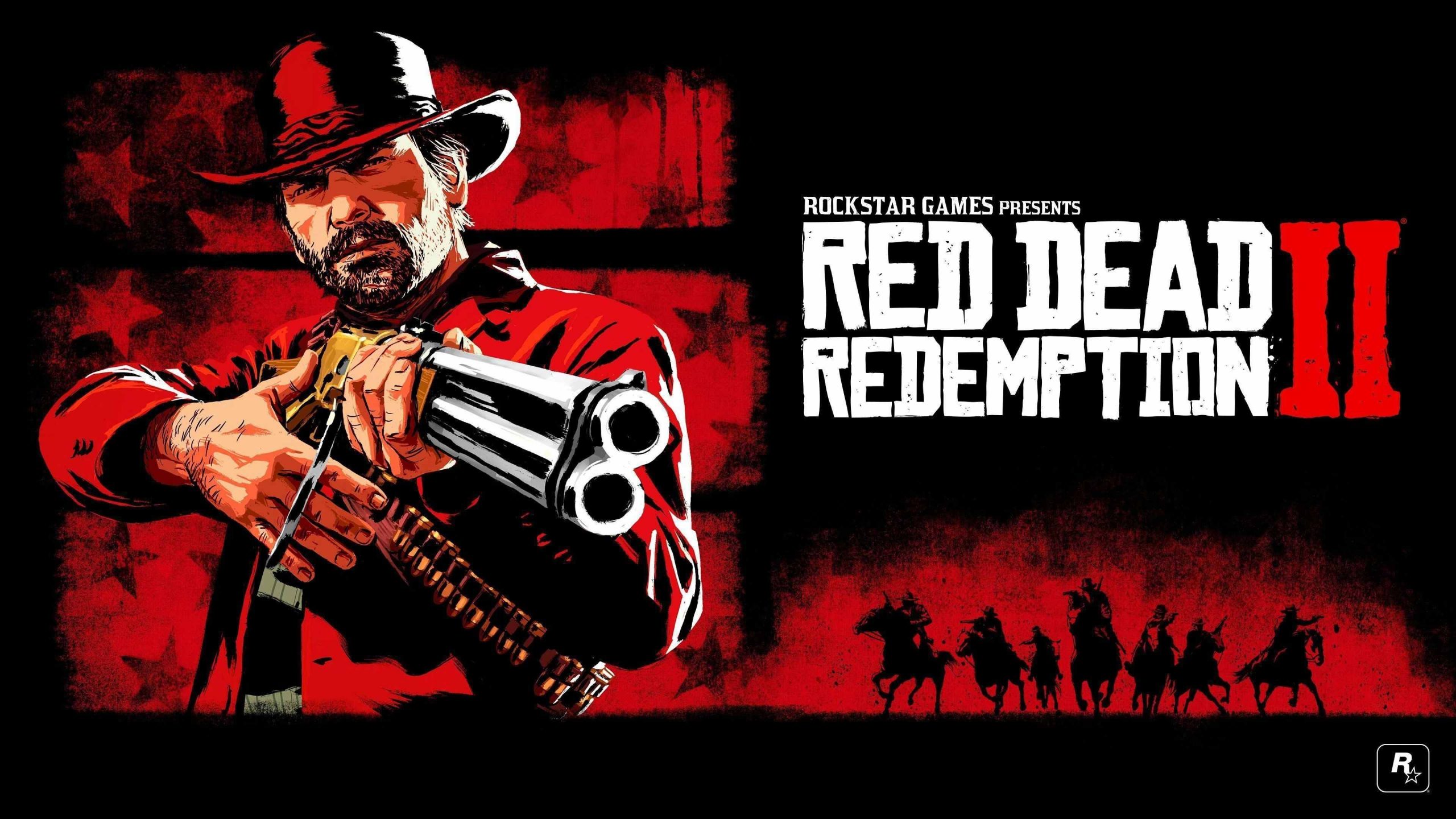
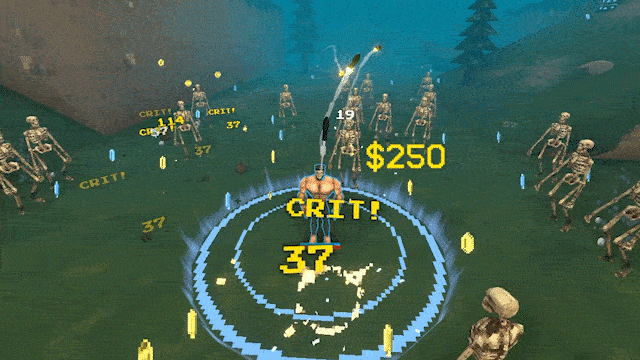











暂无评论内容